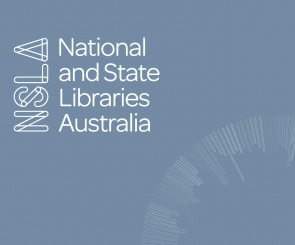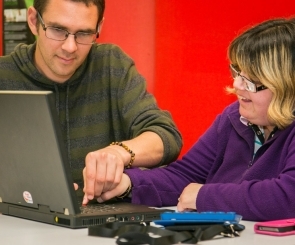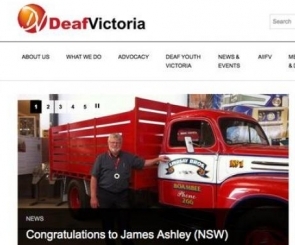accessibility
National and State Libraries Australia (NSLA) is the peak body for Australia's national, state and territory libraries. A renaming to National and State Libraries Australia in July 2018, required the website to be redeveloped to reflect the priorities in NSLA’s 2018-21 strategic plan and rebranding. The focus of the website is to share strategic thinking, expertise and specialist solutions to increase productivity and achieve better outcomes.
CTC are a national organisation that provides training and technical assistance to communities around Australia to help them implement the Communities That Care (CTC) system. The CTC system aims to improve health and wellbeing of local youth. Their clients are people interested in improving the health of young people and may range from local council representatives to philanthropists, to state and federal government, to business people, schools, health services and more.
With the recent changes to Google’s page ranking algorithm (AKA 'Mobilegeddon'), mobile friendly, accessible websites are being prioritised in search results. You may have read how web accessibility can be achieved in the eye of designers, business planners and SEO gurus. It's about time we go technical and explore what exactly Google expects from a website to be eligible for a page ranking bump, or at the very least, retain it.
You could always get your website checked with an accessibility tool such as WAVE, but it would save a lot of time and effort if a website is proactively built with the following pointers in mind rather than having to fix issues retrospectively.
Whether you are a graphic or web designer, it's important to keep accessibility in mind when designing for online applications. In today's world, so much can be done online from shopping, paying bills, communicating through social media, emails and facetime, researching, GPS maps and the list goes on... Using websites, tablets and smart phones is only going to continue to grow, so why should people who are visually impaired or have cognitive disabilities not have access to the online world we live in?
Here some great tips to help with the design process for websites and online applications...
Web Accessibility… the mere mention can strike fear into hearts of otherwise courageous people. What should we be doing? Are we doing enough? Are we compliant and to what? What are the risks?
Previously we’ve written about Web Prophets success in meeting technical accessibility criteria with our adoption of Drupal aGov.
Here we offer some general tips on approaching ‘web accessibility’ with confidence.
AGOV is a distribution of Drupal 7 developed by Australia web development agency PreviousNext. In November last year Web Prophets completed a one day workshop with PreviousNext learning some of the details of the CMS and finding out a standard for deploying the AA Accessible solution for our clients.
In September 2014 AGOV was adopted by the Australian Federal Government as part of their GOVCMS solution. GOVCMS is the Department of Finance's 'whole of government content management and website hosting service for Australian Government agencies'.
Here's what we love about AGOV...
If you have not heard yet websites in Australia should now be developed with Accessibility in mind. Accessibility for a website means providing access to information for all users, including those with a disability.
The standards for this is outlined in the Web Content Accessibility Guidelines version 2 (WCAG 2.0), developed by the World Wide Web Consortium (W3C).







